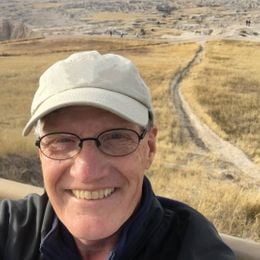The Stubborn Pace of Epiphany
One Vietnam veteran's story of transformation took him from a village in Africa back home to Central Minnesota and a quiet life built around carpentry, books and poetry
"A soldier does not have to live with having died — he has to live with having killed. War is about playing God — about the taking away of another human being's breath and then forever after keeping busy enough to forget that you did it."
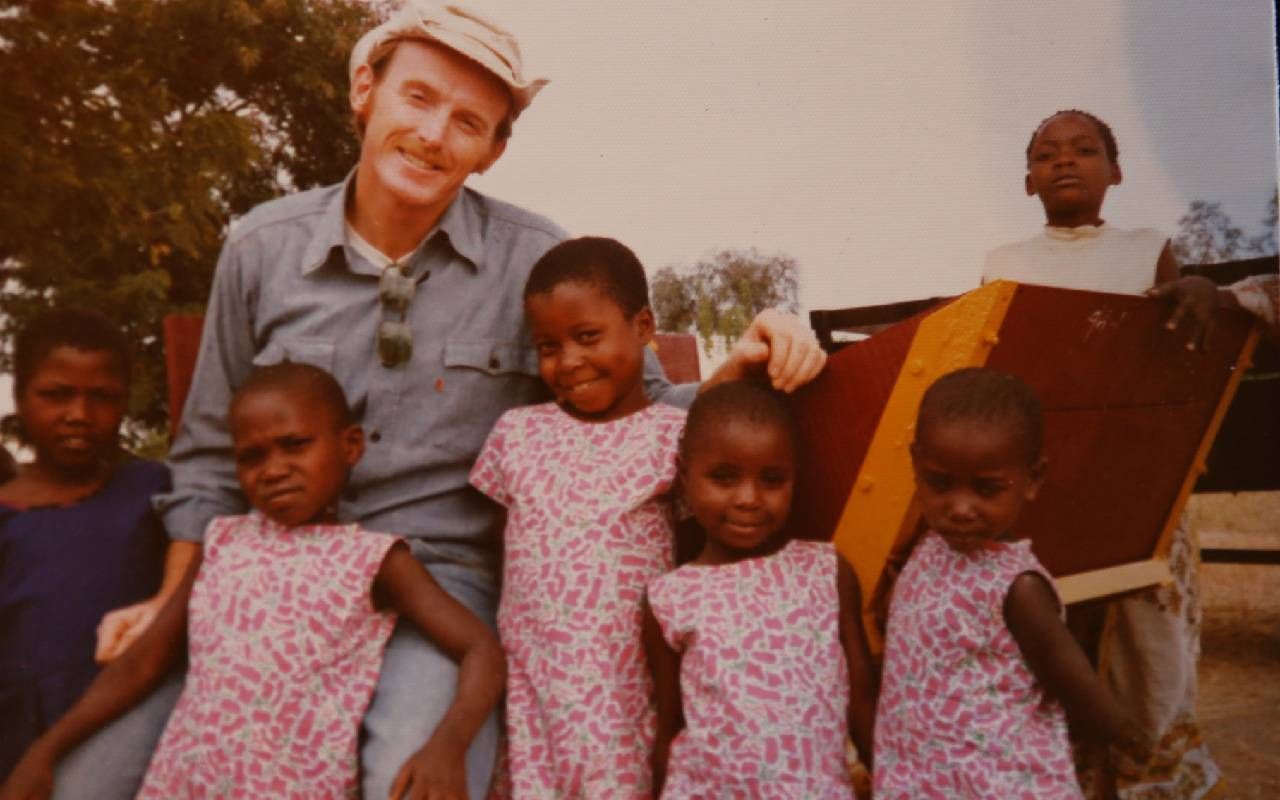
These words by Jerry Hansen summarize his own journey of transformation from a teenage machine gunner with the 101st Airborne Division in Vietnam in 1966-67 to a 77-year old writer, philosopher and volunteer who still works at "keeping busy enough to forget …"
"While difficult to explain, something mystical plays out at the intersection of poverty, struggle and hope."
The war's tentacles, unbidden and unwelcome, still disturb Hansen's rest at times. Wounded, evacuated and back home in central Minnesota where he grew up on a dairy farm, Hansen mourned the loss of his best friend and fellow paratrooper, Dave Papesh ("Pappy"), who was killed in Vietnam.
Not sure where post-war paths might lead, 21-year old Hansen worked as a carpenter and an orderly at a local hospital for a few years. One day, a newspaper headline beckoned — "Farmers Wanted in East Africa." Perhaps, as Hansen later posited, Africa represented atonement and a way to escape Holsteins, while offering the chance to live in a warmer climate.
Whatever inspired this novel path, it was as seminal an experience as Vietnam, albeit an about-face.
A Life Change
"I sensed little that day of how much answering that ad would change my life," he said. "One hectic year later (1972), I had finished Swahili Language School and was living in a small village in Tanzania, working alongside Maryknoll missionaries."
For the next seven years, Hansen threw himself into his work as a farmer and carpenter in the small village of Old Maswa.
About this era, he said "While difficult to explain, something mystical plays out at the intersection of poverty, struggle and hope. To live among people two gunny sacks of maize removed from hunger is both a humbling and fertile experience. After 50 years, I still wonder how it is I took so much away from a people who ostensibly had nothing to give."
One villager, who ostensibly had nothing to give, left a lasting impression on Hansen. On his first day in Old Maswa, Hansen met Zele, "the most physically disabled person I had ever seen. He was about two feet tall, and because his legs were so deformed and atrophied, he could only maneuver by shifting from side to side on his buttocks and calloused elbows. Looking down on this little guy with a solar smile and a voice to rival Lou Rawls, I had little sense of the precious gift that God was unwrapping for me."
Inspired by a Boy Named Zele
Zele would come by Hansen's carpentry shop, arriving often in an old wheelbarrow pushed by one of the village boys. He would watch the man work, asking if he could collect the scraps. One evening, he invited Hansen to his mud hut to show him a chair cobbled together from the wood shop remnants. Zele had glued and nailed over 40 pieces of wood to make a chair that stood several inches taller than himself.
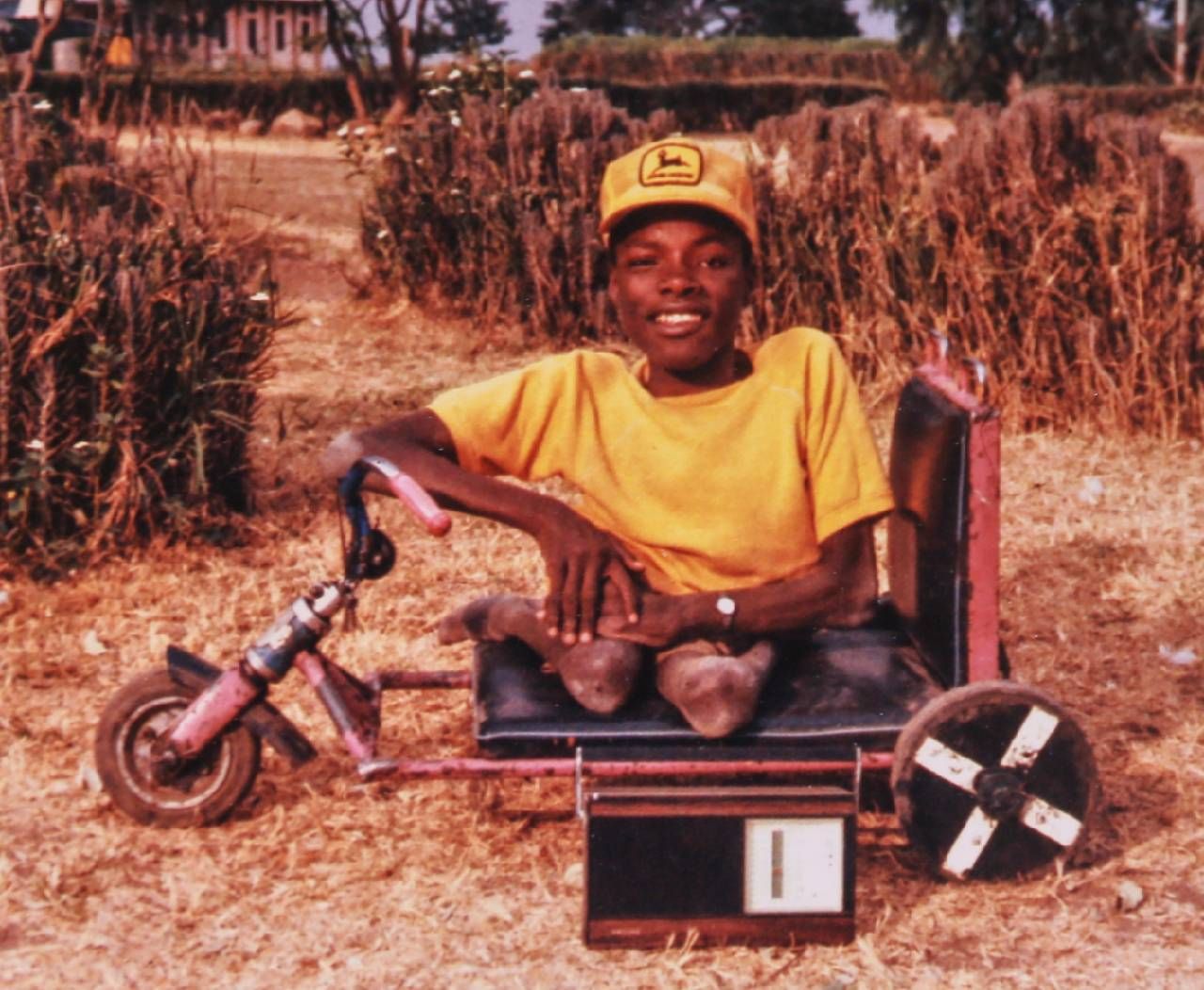
Inspired by Zele, Hansen built a small carpentry shop for his young friend and two other boys with disabilities in the village. Eventually, the project grew to 20 members: 14 boys and 6 girls. In addition to the carpentry shop, Hansen's project included an oxcart factory, bicycle repair shop, sewing center and a small store.
"While Zele was the smallest member of the group, everyone looked up to him. He spoke little and then only what had already been weighed two or three times on the scale of thoughtfulness," Hansen said. "Looking back, I still marvel at how wise and loving he was at such an early age. What made him so special was not only that he brought us all forward, but that in the process he took us a little upward as well."
Back home in Sauk Rapids, Minnesota, Hansen worked again as a carpenter and an orderly at a regional hospital. He met his future wife, Jeanette, in 1981. When he began to write at age 40, two years into their marriage, she became his first reader.
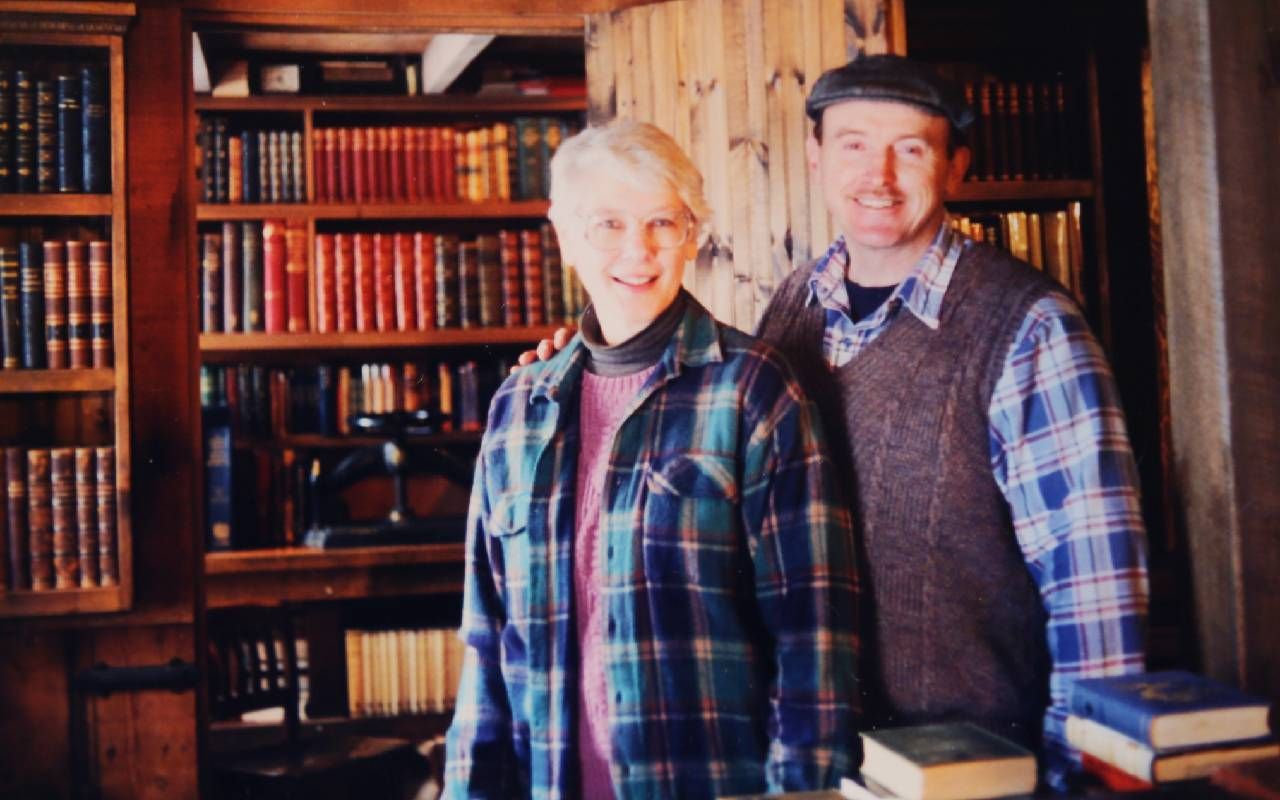
Hansen, in his quiet humor, relates that whenever Jeanette says "I don't understand what you mean here," his response is "It's that good, huh?"
A Life's Companion
Throughout their almost 40 years of marriage, Jeanette has been a friend, mentor, companion and partner. He acknowledged her in "The Medicine of Place," his 2017 collection of epigrams and "easy essays": "To Jeanette, the girl who made my gift to her of a twelve-ounce Stanley hammer on our third date my best investment ever."
"My poems were conceived in 2:00 A.M. darkness over five decades and say as well as I am able what Vietnam was for me."
Working side by side, they renovated the barn on their five-acre property, turning it into a bookstore and print making shop called Sojourners Station. An eclectic collection of classics, theology, philosophy, art and rare books, Sojourners Station attracted lovers of literature who didn't mind finding an unadvertised, out-of-the way bookstore nestled amidst the beams of an old barn.
Hansen's love of literature and thought blossomed. He found that the writings of Wendell Berry, a Kentucky farmer and award-winning author, resonated deeply. Berry's earthy views and pastoral voice still influence Hansen, whose own pastoral voice courses throughout his work.
Hansen, writing as J. Vincent Hansen, currently has four published books of poetry, epigrams and "easy essays" to his credit, with another soon to be completed. He also wrote the live theater production of "The Wedding of Tomorrow and Sorrow," a multi-media journey that reflected on his Vietnam War experiences 50 years later, using his writing, along with live music and period photos.
Vietnam and its personal aftermath are the focus of two of Hansen's poetry books. The first, "Blessed Are the Piecemakers," depicts the impact of the war on his mind and soul, using simple, yet powerful imagery.
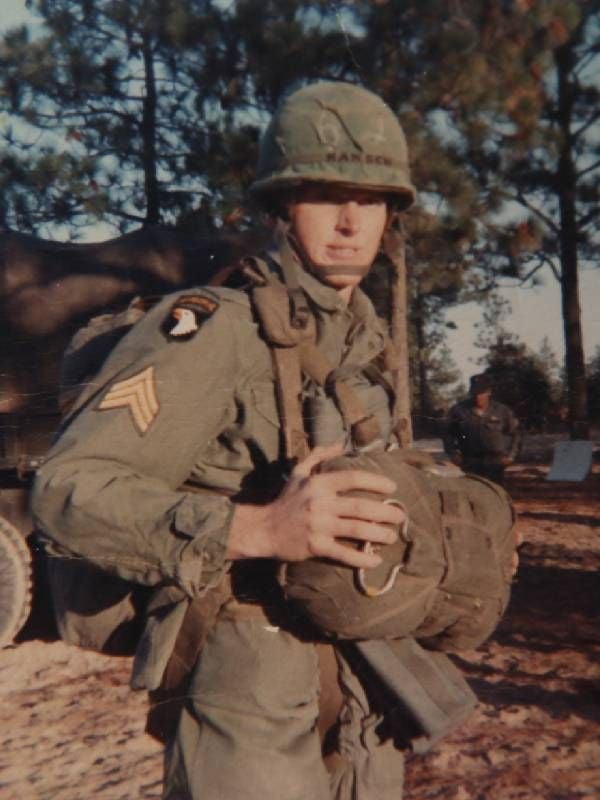
His second, "The Kontum Madonna," confronts the personal cost and memories of the war, still raw over 50 years later. In stark verse, he mourns comrades who died. More telling, though, he makes us see the Vietnamese people, soldiers and civilians, who also suffered. Hansen still sees the little boys, blown wide open on their way to school, "spread thin/ like strawberry jam/ onto a slice of Asian meadow." Or the old farmer whose animals and crops he and other Minnesota farm boys destroyed.
"Jerry has a way of making me feel at peace and definitely uplifts my soul."
"My poems were conceived in 2:00 A.M. darkness over five decades and say as well as I am able what Vietnam was for me," Hansen said. "My hope is that, over time, they will move the needle slightly in the direction of peace."
Why did it take Jerry more than half of a century to write "The Kontum Madonna"? "In my defense," Hansen said, "I can only point to the stubborn pace of epiphany — that sometimes the poet has to live into the poem or, better put still, die into it."
Writing, and the ongoing work of his hands, continue to nourish his mind, heart and soul in the decades since Vietnam. He still remembers his best friend, Dave Papesh, who never made it back. And, of course, he is grateful for Jeanette. In the dedication to "The Kontum Madonna," Hansen writes "To Pappy: who sat with me on the wall, and, To Jeanette: for doing what all the King's horses and all the King's men could not."
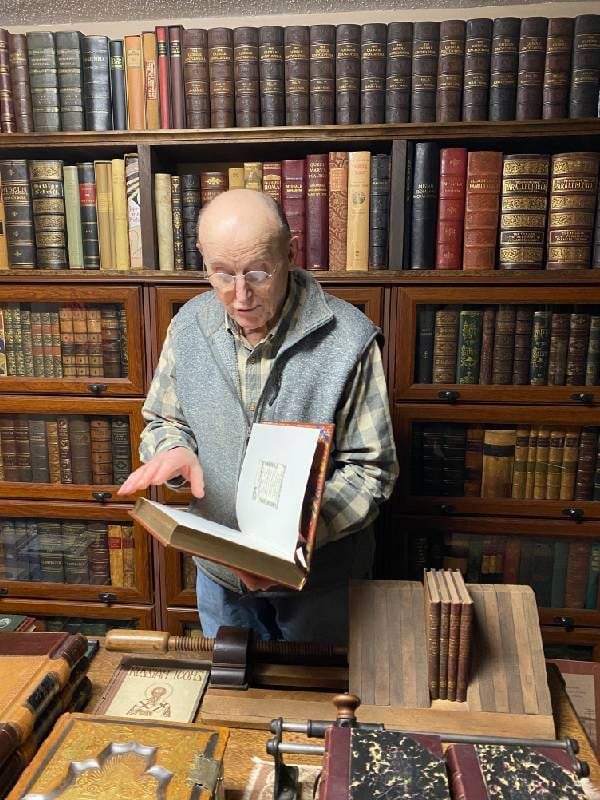
The Quiet Life
So who has Jerry Hansen become since he was a 19-year old soldier in Vietnam? He fills his days with reading, writing, printmaking and selling books. He still loves to work with wood. He and Jeanette volunteer regularly in a local homeless shelter. They live quietly, forgoing television and cell phones in their book-filled home.
As to who he is, a coworker recounted that she sought out Jerry when she felt overly stressed. "Jerry has a way of making me feel at peace and definitely uplifts my soul. He is a calming presence."
As an example of Jerry Vincent Hansen's wisdom, here is his Easy Essay CXVII: "Morally speaking, modern man said to hell with plumb bob and level and then was bewildered when all the marbles gathered by the baseboard in the living room."
Hansen does not claim wisdom, knowledge or expertise. Yet what distinguishes him, like his friend Zele, is that through who he has become, Hansen brings us all forward. And, in the process, he nudges us upward as well.
